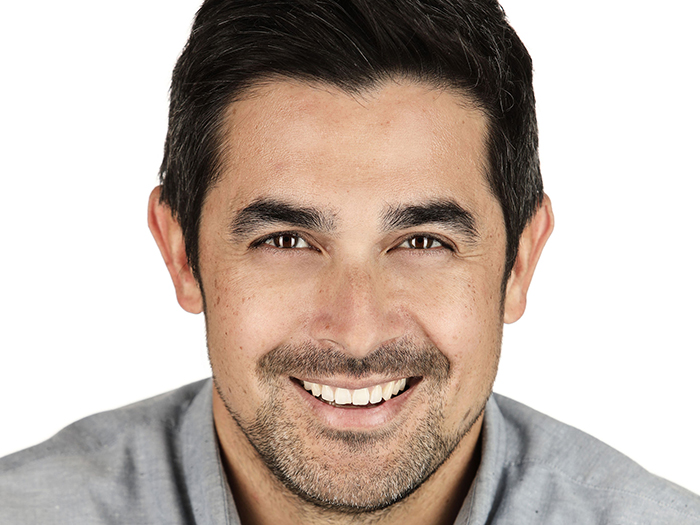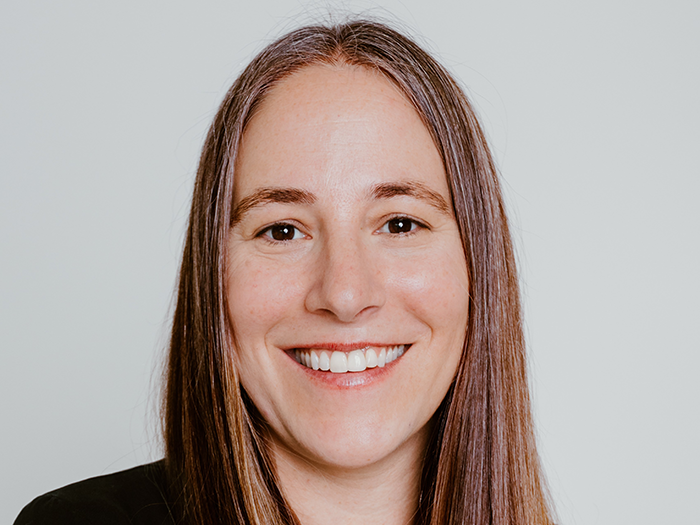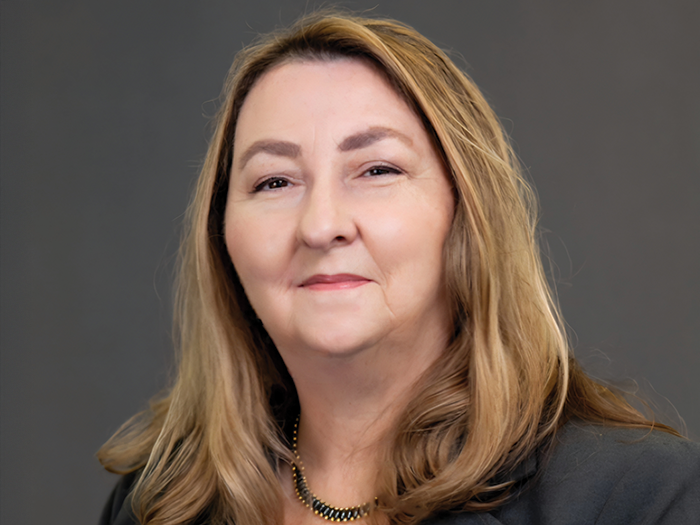2017 Teddy Award Winner
Getting It Right

Imagine juggling an armful of flaming batons — all in different sizes. While blindfolded. And hopping on one foot.
That’s what it may have felt like a decade ago to lead the workers’ compensation program of the Massachusetts Port Authority, which owns and operates Boston Logan Airport and a number of additional airfields, as well as cargo and cruise ship terminals, piers and real estate holdings.
Massport’s complex program covers 1,300 direct employees, plus hundreds of high-risk public safety employees, including police, firefighters and International Longshoremen’s Association (ILA) union members working at Conley Terminal.
Every day, Massport faces issues related to multiple labor unions, a diverse mix of risk environments and hazards and a variety of state workers’ comp statutes that need to be navigated with utmost care.
Ten years ago the authority decided to stop juggling, and start managing — strategically reshaping a program that was largely fragmented.
Since then, Massport logged $21 million in savings, including more than $2 million in medical cost savings alone. It achieved significant reductions in frequency, severity, lost-time days and claims duration.
Time for a Change
When Frank Rivera took the position of director, risk management and workers’ compensation for Massport in 2007, the program was self-insured and self-administered within a different authority unit and suffered from structural problems, administrative burdens and decentralization. It also lacked the resources to capitalize on cost-containment programs and drive results.
Moreover, Massport’s risk management team struggled to obtain excess coverage for workers’ compensation exposures.
“Workers’ compensation is an insurance program, but Massport is not an insurance company. We didn’t have the tools to administrate a proper program internally,” Rivera said.
It became clear that collaboration would yield better results for the program and the Authority as a whole. Rivera led the charge to enlist the services of a third-party administrator (TPA), eventually selecting PMA Management Corp. of New England.
“Partnering with a TPA freed up resources to centralize, streamline and better manage the whole workers’ compensation process, including designing a new workflow to communicate with departments and employees.” Rivera said.
With everything under a single workers’ compensation umbrella, Massport eliminated a lot of confusion and inefficiency, creating greater transparency and communication between units rather than being hindered by silos.
The authority instituted weekly meetings attended by risk management, human resources, labor relations and the legal and safety departments. In addition to fostering collaboration on existing claims, the meeting helps keep all units focused on how tangible and intangible costs associated with workers’ comp can go off the rails if not managed appropriately, Rivera said.
Three years after the shift to a TPA, Massport made another significant move: transferring its program for one group of workers from a guaranteed cost policy to a self-insured program.
The risk management team had been considering the move for a while. Then the price for the guaranteed-cost program jumped from $1.9 to $3.9 million. The Massport team seized that opportunity to introduce the self-insured program — already successfully adopted for other groups within the workers’ comp program.
The change produced dramatic savings, and also helped to garner more union leadership buy-in for risk management, Rivera said. Better still, the self-insured program provides more control in addressing worker safety with the best possible methods, Rivera said, proving that Massport can save money while protecting workers.
Communication Is Key
Sheri Bowles, client services manager in the Waltham, Mass., office of PMA, said Rivera and his risk management team understand that it may not be possible for a work environment to be completely free from injuries.
“Massport’s approach focuses on both what can be done to prevent incidents from occurring in the future and ensuring injured workers obtain prompt medical treatment,” Bowles said. “Prompt medical treatment is vital for injured workers’ recovery and helps facilitate a safe return to work.”
To that end, Massport and PMA have “continuous communication” throughout the claims process — beginning with timely reporting of each injury through claim resolution.
Better communication also has been the key to getting all stakeholders on board with the authority’s return-to-work goals.
Ten years ago, managers would often allow workers to linger off work because it was simply less complicated.
But Rivera and his team now make managers part of the solution, making sure they have the necessary information about an injured workers’ capabilities, appointments and expected injury durations.
“I think the only way to have a successful program is to view our employees as our most valuable assets.” — Frank Rivera, director, risk management and workers’ compensation, Massachusetts Port Authority
That allows managers to plan better for the distribution of tasks and manages everyone’s expectations. All but one of Massport units now have modified duty programs — and that one exception addresses it by a collective bargaining agreement. Massport’s successful return-to-work efforts have helped the authority obtain excess coverage more readily and negotiate lower rates from carriers.
Massport’s commitment to employees’ health and safety — a mandate within its workers’ comp program — is drilled “from the top-down,” Rivera said.
“I think the only way to have a successful program is to view our employees as our most valuable assets,” he said. “Massport insures physical assets like buildings and vehicles, and I believe it only makes sense that the same approach be extended to employees.”
“Our collective efforts ensure that Massport’s vision is executed and its goals are achieved,” Bowles said, which also applies to Massport’s philosophy on getting the very best treatment for its people.
While the organization participates in a medical cost reduction network, Massport doesn’t require that workers get treated by a network doctor.
It will recommend qualified providers with a proven track record, but allows workers to seek treatment elsewhere if they feel an alternate provider is better suited to return them to work sooner, Rivera said.
In addition, Massport provides a medical case manager, or a nurse, to help workers get treatment if it’s not readily available in their area.
“Working to provide employees with the right tools in a properly managed structure helps employees, in most cases, return to work sooner,” Rivera said.
“By our accounts this approach also helps Massport lower its overall medical costs per case.”
Rivera’s statements receive substantial support if you look at the data. The changes implemented at Massport lowered its medical costs about 50 percent per claim.
“From our vantage point, assembling the right tools, continuous communications with injured employees and being attentive to their medical needs can help you lower your cost — a win-win for the employee and the organization,” he said.
Rivera believes the success of any program requires collaboration between injured employees, leadership and the people and tools offered by the workers’ compensation program.
“This team approach creates the best success — and that approach is why I want to thank my team and everyone else at Massport who helped make these positive results happen,” he said. &
_______________________________________________________
More coverage of the 2017 Teddy Award Winners and Honorable Mentions:
 Advocacy Takes Off: At Delta Air Lines, putting employees first is the right thing to do, for employees and employer alike.
Advocacy Takes Off: At Delta Air Lines, putting employees first is the right thing to do, for employees and employer alike.
 Proactive Approach to Employee Safety: The Valley Health System shifted its philosophy on workers’ compensation, putting employee and patient safety at the forefront.
Proactive Approach to Employee Safety: The Valley Health System shifted its philosophy on workers’ compensation, putting employee and patient safety at the forefront.
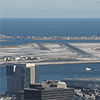 Getting It Right: Better coordination of workers’ compensation risk management spelled success for the Massachusetts Port Authority.
Getting It Right: Better coordination of workers’ compensation risk management spelled success for the Massachusetts Port Authority.
 Carrots: Not Sticks: At Rochester Regional Health, the workers’ comp and safety team champion employee engagement and positive reinforcement.
Carrots: Not Sticks: At Rochester Regional Health, the workers’ comp and safety team champion employee engagement and positive reinforcement.
 Fit for Duty: Recognizing parallels between athletes and public safety officials, the city of Denver made tailored fitness training part of its safety plan.
Fit for Duty: Recognizing parallels between athletes and public safety officials, the city of Denver made tailored fitness training part of its safety plan.
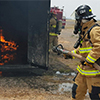 Triage, Transparency and Teamwork: When the City of Surprise, Ariz. got proactive about reining in its claims, it also took steps to get employees engaged in making things better for everyone.
Triage, Transparency and Teamwork: When the City of Surprise, Ariz. got proactive about reining in its claims, it also took steps to get employees engaged in making things better for everyone.
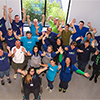 A Lesson in Leadership: Shared responsibility, data analysis and a commitment to employees are the hallmarks of Benco Dental’s workers’ comp program.
A Lesson in Leadership: Shared responsibility, data analysis and a commitment to employees are the hallmarks of Benco Dental’s workers’ comp program.






